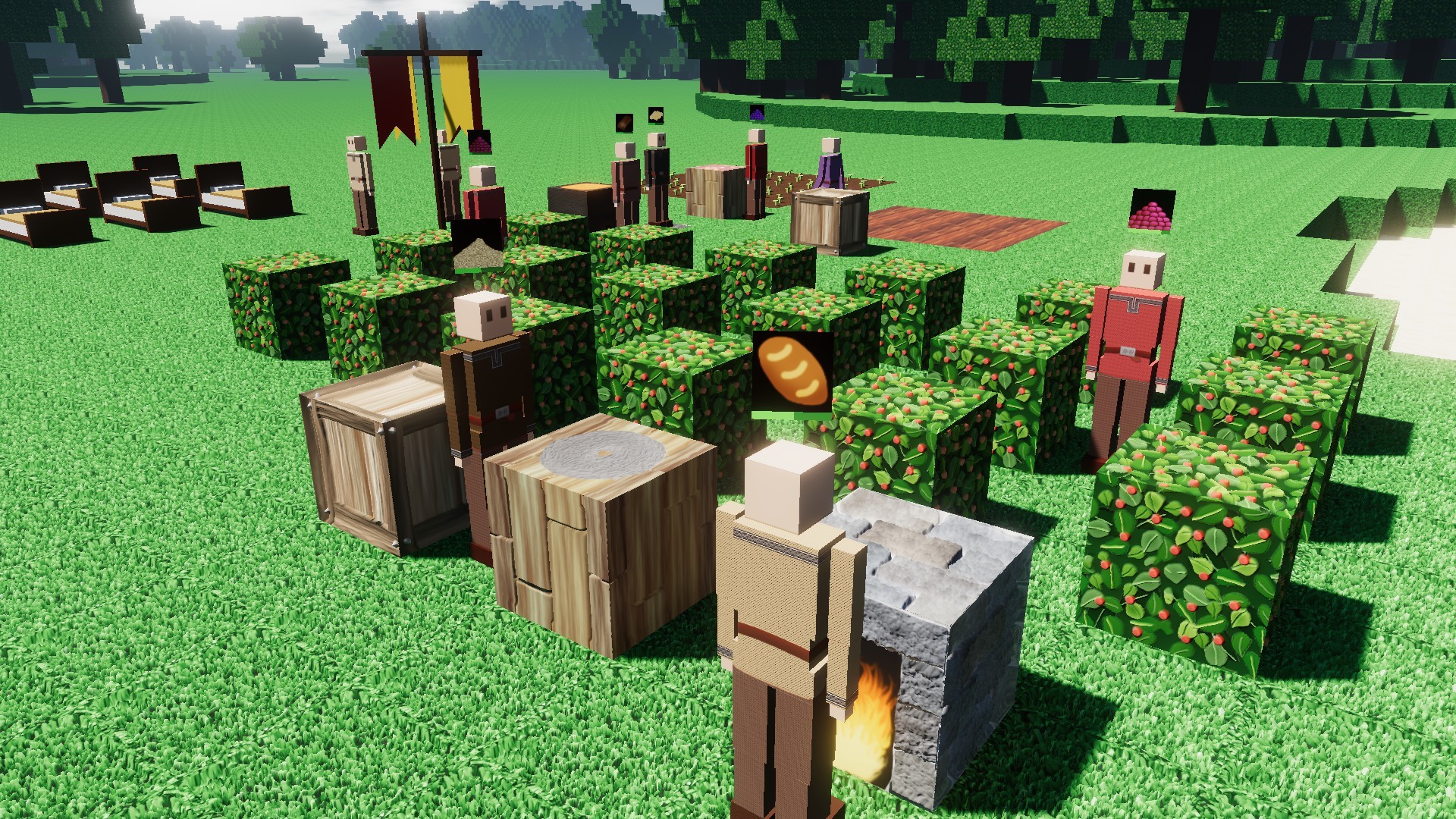

For a reference you might have in your pocket, a U.S.

A millimeter is one-tenth of a centimeter. For comparison, there are about 2.5 centimeters in an inch, and about 30 centimeters in a foot. This tour will use metric for describing exhibit contents and Imperial for navigation. Signs on the live animal enclosures say: “Please do not tap the glass.”īefore we start, a note on measurements: Scientists generally use metric measurements like centimeters, rather than Imperial units like inches. The descriptions of the enclosures, which are the displays with live animals, will reflect what you are likely to find and sometimes notable behaviors, rather than describe a static scene – note that by their nature these exhibits change constantly, and sometimes the resident species are not on display. (Detailed Descriptions and Exhibit Text are coming soon.) If you want to learn more, the Detailed Descriptions will spend more time describing visual elements in the section and the Exhibit Text track has the permanent exhibit text, excluding photo credits and figure labels included in the detailed descriptions. The Core track gives directions, a brief description of what’s on display including a summary of the text. The tour goes through the Insect Zoo in 15 sections. This is an audio-described tour, developed to make the visual aspects of the exhibit more accessible to visitors who are blind or have low vision. If you enter from the Butterfly Pavilion hall, walk through the Zoo to where it exits on the other side. The Insect Zoo is on the second floor of the Museum, and this tour begins at the entrance from the Eternal Life in Ancient Egypt exhibit. The zoo has displays of live insects, preserved specimens, illustrations and a few tactile and interactive elements. Visitors get to observe, learn about and possibly even handle insects and other arthropods. Orkin Insect Zoo at the Smithsonian Institution’s National Museum of Natural History.


 0 kommentar(er)
0 kommentar(er)
